The Capital Stack
Long term vs Short Term Rentals
With Short-term rentals on the rise, we are consistently asked how they compare to our traditional long-term rentals. To make a long explanation short they differ in many ways but are both worthy investments.

Why we focus on multifamily long-term rentals
- Permanent housing is a need – Long-term rentals provide a necessity while short-term rentals provide a luxury. In a recession, often travel is the first expense to be eliminated.
- Easier to scale- Long-term rentals are easier to scale as large multifamily properties exist all over the country. Typically, short-term rentals are single-family homes or small multifamily homes. There are very few large short-term rental communities.
- Cheaper to manage – Long-term management costs ~7% of gross income while typically short-term management can cost ~20-50% of the property gross income. Short-term management is more costly than long term management because it is more labor intensive.
- Properties valued on cap rate – Our traditional multifamily property is valued on a cap rate basis. A cap rate evaluation allows us to significantly increase the value of the property. For example, let’s say we increase rent by $100 per month per unit. With a 20-unit property that is $2,000 per month and $24,000 per year. At a 6% cap rate we just added an additional $400,000 of value. Alternatively, most short-term rentals are valued according to other single family comparable homes nearby. This keeps the property values stagnant or exactly in line with the market. The evaluation method used on short-term rentals limits the owner’s control and does not allow for as much true value creation.
- Less management intensive – Long-term rentals allow for a streamlined operation. When we rent a unit to a quality tenant, we may not hear from that tenant through the entirety of the lease. Compared to a short-term rental where the unit will need to be turned over multiple times per month/week. Typical occupancy on a short-term rental is 70-75%, that is 39 times a year that management is cleaning the unit and fixing any damages.
- Easier to Finance – Long term rentals are viewed by the bank as a very safe investment. Resident’s are signing binding one-year leases that can be backed up and enforced through the court system. A property near 100% occupancy with yearly leases is considered a stable asset.
Sheffer Capital and Short-term Rentals
We’ve invested into a fund called Stomp Capital that focuses on “purpose built” short term rentals. The fund purchases unique properties, like a 62-room hotel in the Hamptons that will be renovated and exclusively offered for rent on a short-term basis. The fund we invested with manages in-house and focuses very heavily on each customer’s experience. Their property in Outer Banks called Edge Camp Sporting Club offers many activities ranging from kite surfing to sunrise yoga. The fund harnesses additional revenue through its relationships with local vendors. Those relationships allow guests to book items a la carte such as private chefs, tours, and more.

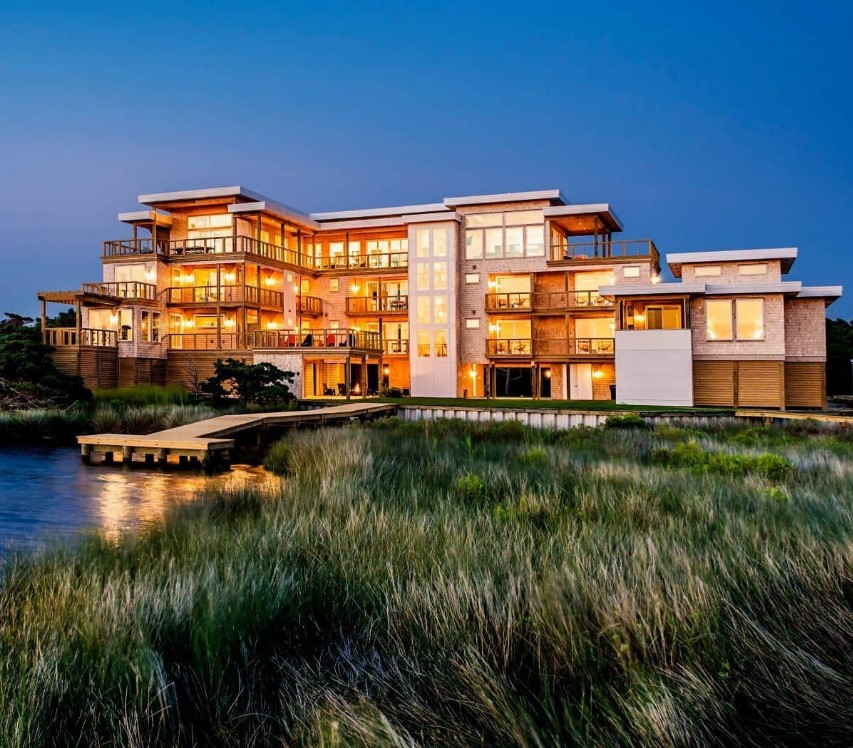
Why we are considering purchasing a short-term rental
- Higher cash flow – The extra management efforts are not in vain as the right short-term rental investment can offer a great cash on cash return.
- Easier to get into-The short-term rental industry has an extremely low cost to entry. You can get started by simply renting out a spare room in your home.
- A second home- Many people invest in a short-term rental, and it doubles as second home.
We have not operated any short-term rentals ourselves, but we plan to do so in the future. Last year we looked at purchasing a condo in Scottsdale for this reason but did not because the numbers showed the property to be a 5% cap rate which is extremely low for a short-term rental. With a short-term rental, we would target a much higher cap rate around 12%. A 12%+ cap rate offsets the elevated risk profile short term rentals include.
Major Market News
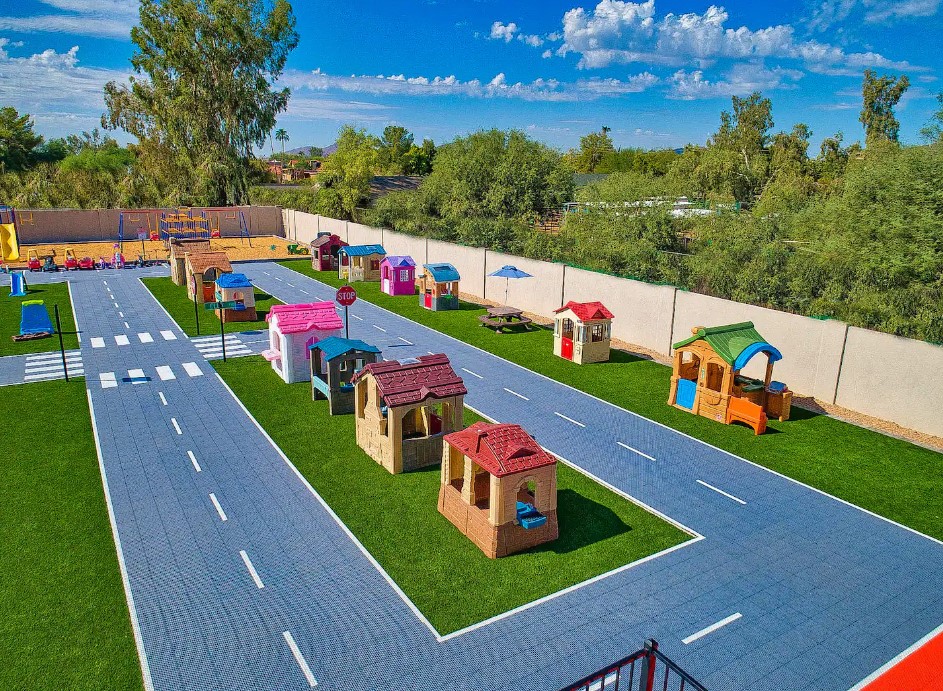
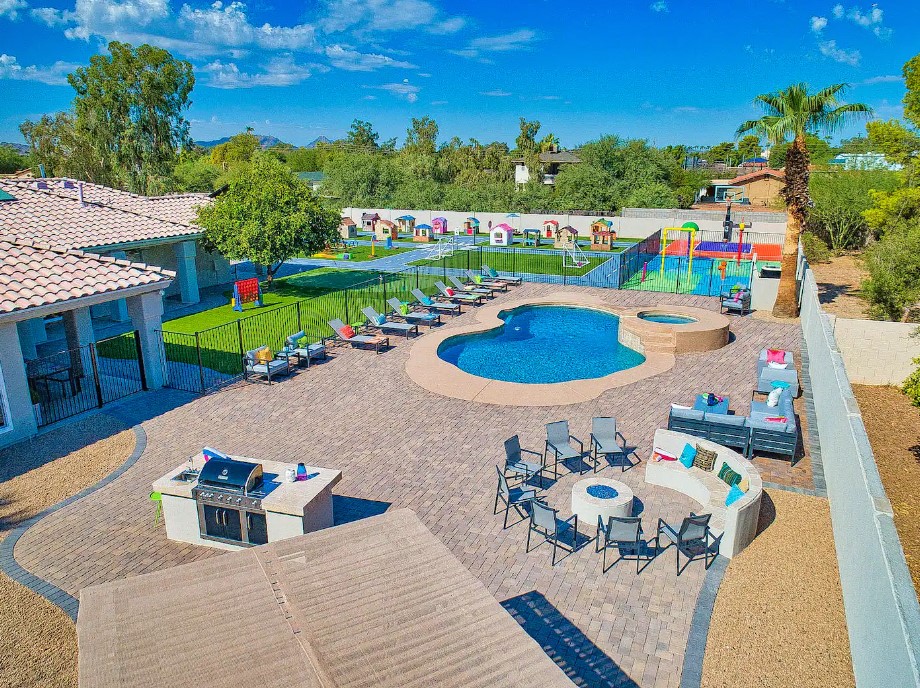
“The Playhouse Retreat”
The most successful Airbnb’s in the industry have a “WOW” factor. The “playhouse retreat” in Scottsdale achieved this by creatively designing a short-term rental with amenities specifically for children. According to Airbnb “Over $1 million was recently invested into renovating this property to create a one-of-a-kind showpiece.” The property features a resort style pool, 8-person spa, commercial playground, and a child’s safety town. Check out the Airbnb listing for more information.
https://www.airbnb.com/rooms/38429239?source_impression_id=p3_1662062549_liRk4HFKvCOOGcIO&modal=DESCRIPTION
Tips and Tricks
Tip
Stabilized Cap Rate or UYOC (Unlevered Yield on Cost) – UYOC is the primary factor we focus on when purchasing multifamily. We will typically target an 8%+ UYOC.
Example:
$1m purchase price
3% closing costs ($30,000)
$200k renovation budget
All in cost $1,230,000
NOI at close = $60,000 (6% cap rate)
UYOC after renovation: 4.88%
Our NOI target in the example above is $98,400 which allows us to hit our 8% UYOC target. We need to be able to increase income from $60,000 to $98,400 in order for this deal to hit our returns.
All in cost x 8% = NOI target
